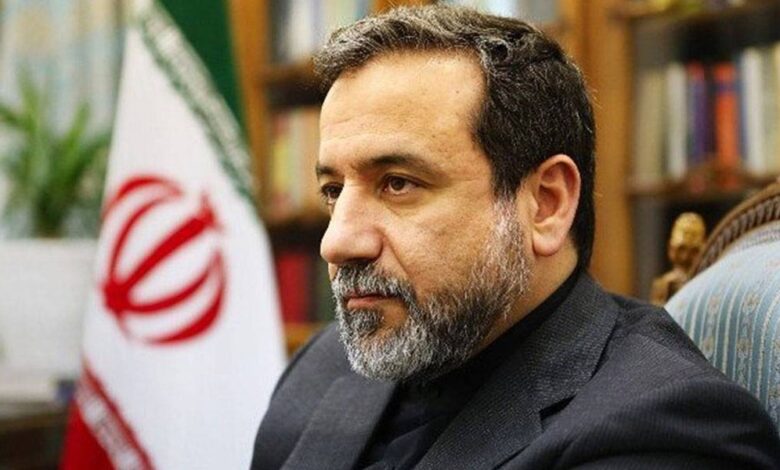Iraqi Attacks CNN Host and Reveals Document Proving Israel's Funding of Influencers on Social Media

Iranian Foreign Minister Abbas Araqchi launched sharp criticisms against American broadcaster and human rights activist Van Jones, in response to the latter's statements accusing Iran of spreading "disinformation campaigns" regarding the war in Gaza.
This came via the platform "X", where the Iranian diplomat responded to an apology made by Jones after his appearance on the show "Real Time with Bill Maher", during which he described videos showing infants as victims in Gaza as a "widespread disinformation campaign" waged on behalf of Iran.
Jones wrote in his apology: "I made unfair and hurtful comments about the war in Gaza during my appearance with Bill Maher.. I apologize."
In his response, Araqchi denied that Iran pays any individuals or influencers to spread "lies" on social media, pointing out that it is Israel that practices this policy. The minister attached part of a report from the Quincy Institute revealing that Israel pays thousands of dollars to influencers in the United States for each post that supports its narrative regarding the war in the Gaza Strip.
According to the report published on October 2, which was based on a document submitted under the Foreign Agents Registration Act (FARA), some "influencers earn about $7,000 per post on platforms like TikTok and Instagram on behalf of Israel".
The document revealed that the public relations company "Bridges Partners" submitted invoices to the "Havas Media" group in Germany, as part of a campaign known as "Project Esther", which is part of a broader Israeli effort to shape public opinion, described by Israeli authorities as the "eighth front" in their war.
The invoices documented an amount of $900,000 allocated for "payments to influencers" between April and November of this year. After deducting administrative costs, an amount of $552,946 remained for the influencers themselves.
These payments were scheduled to be distributed among a group of 14 to 18 influencers, producing between 75 and 90 posts during that period, meaning that each post cost between $6,143 and $7,372. The document did not disclose the names of the participating influencers.